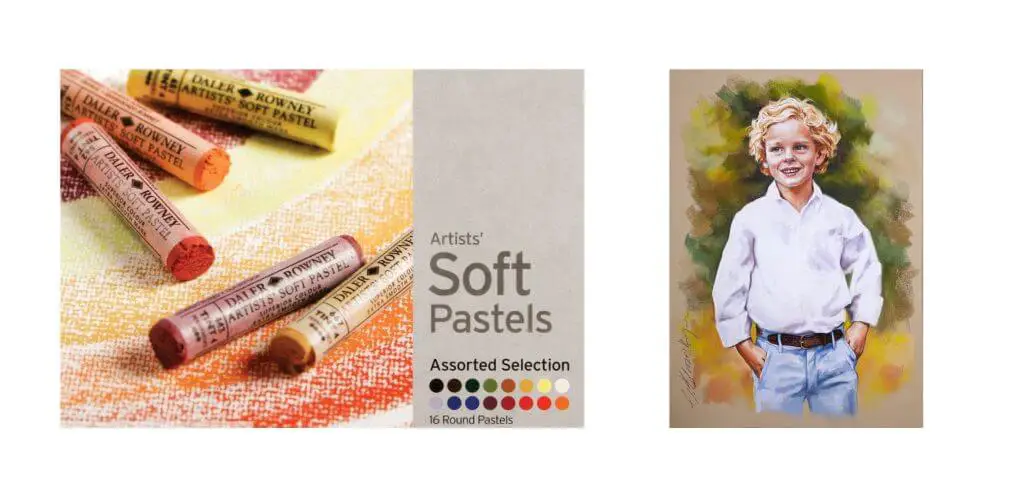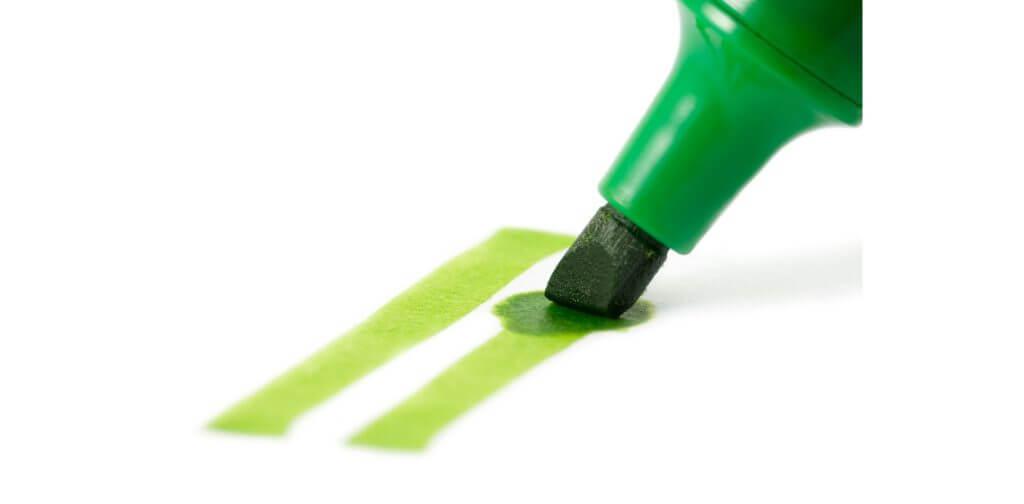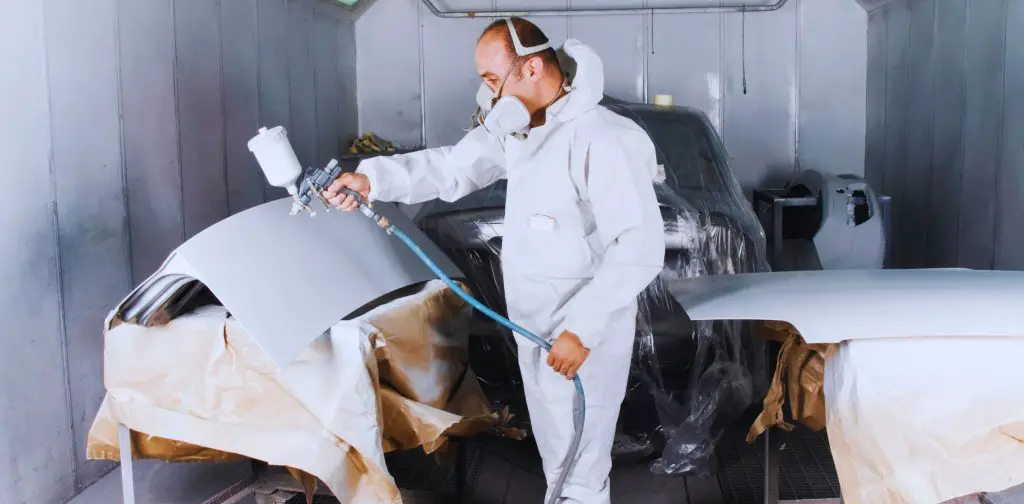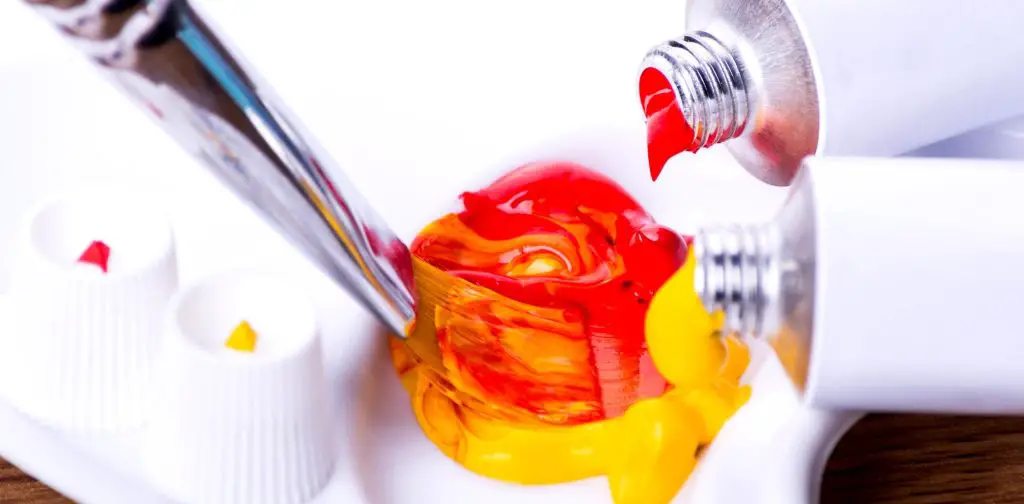Spray painting can breathe new life into old items or swiftly cover up paint imperfections. Yet, even with careful application, spray paint can sometimes end up on unintended plastic surfaces. Learning how to remove spray paint from plastic without damaging is a useful skill that can help you keep your favorite items looking great.
In this comprehensive guide, we’ll explore proven methods using common household items and expert tips to ensure successful paint removal without harming the plastic underneath. Let’s get started.
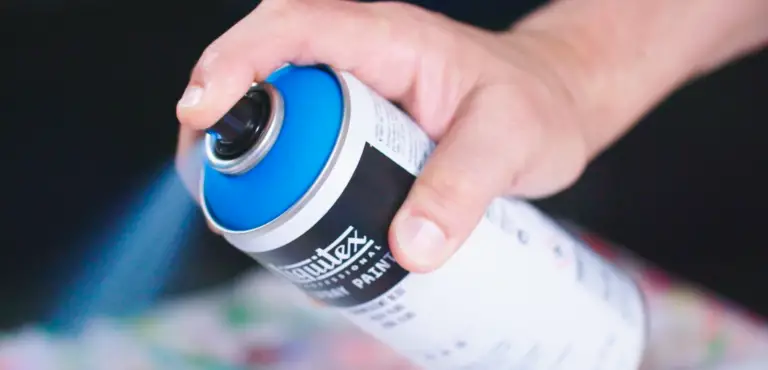
Table of Contents
Understanding the Challenge: Why Plastic Requires Special Care
It’s important to know how to remove spray paint without causing any damage. Plastic surfaces, unlike wood or metal, are more sensitive to paint removal techniques. Using the wrong method can ruin the plastic’s surface, creating a bigger issue than just a paint stain. Harsh chemicals can damage, warp, and deform the plastic, making your favorite items useless. To avoid this, please do not use paint thinners containing ingredients like linseed oil, ethyl alcohol, lacquer thinner, and turpentine. These flammable chemicals can melt plastic upon contact, making an accidental spill a significant problem. This is why it’s crucial to have a clear understanding of the methods how to remove spray paint from plastic that work best for plastic surfaces.
A Delicate Balance
Plastic can scratch easily, so avoid rough methods like wire brushes or sanding, which will definitely leave marks. Instead, use gentler, household-based thinners to protect your plastic surfaces.
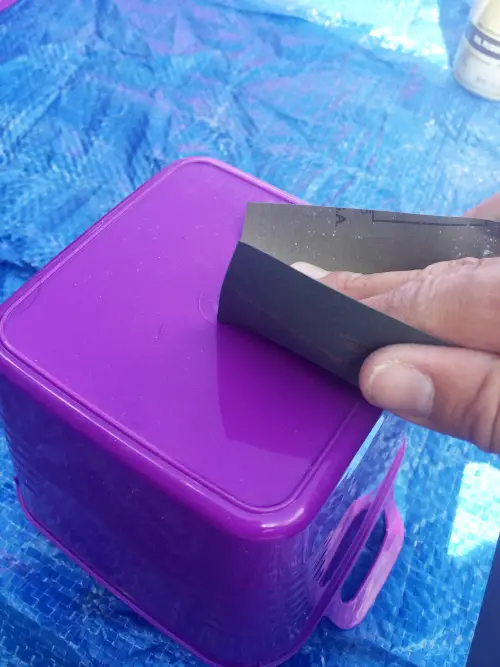
Household Heroes: Using Everyday Items for Paint Removal
So, what do you have at home that can help you? Surprisingly, you can find many effective paint removers for plastic right in your house. Here are some common household items you can use:
Nail Polish Remover
An everyday staple, nail polish remover containing acetone can be a lifesaver. Apply it to a cotton ball or paper towel and gently rub the affected area. The acetone breaks down the paint, which can then be easily cleaned off with warm water.
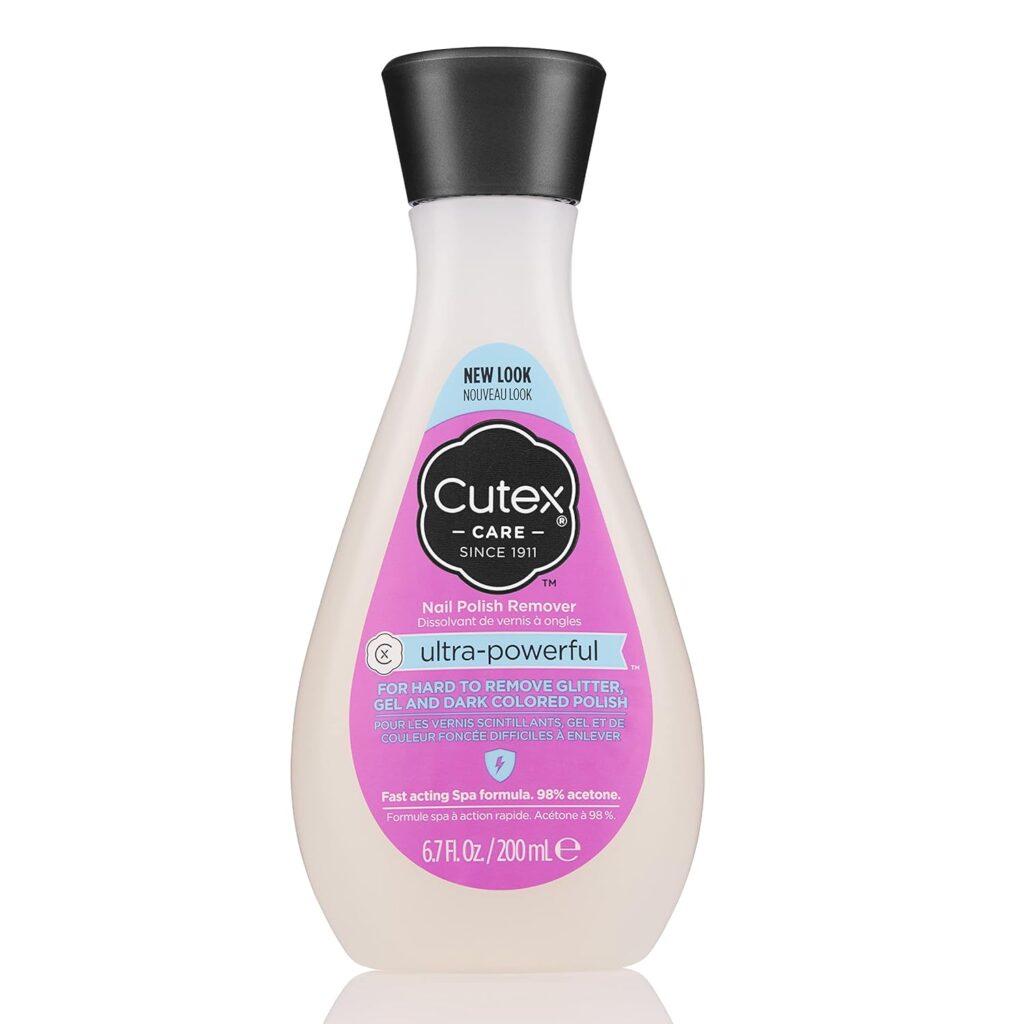
- Check the label for acetone, the key ingredient that dissolves paint.
- Before starting, put on protective gloves.
- Use a cotton ball, swab, or paper towels soaked in remover to gently rub the painted area.
- Replace the cotton ball or paper towels as needed until the paint is gone.
- Finish by cleaning the area with warm water and a cloth to reveal a paint-free surface.
Vegetable Oils
In situations where you don’t have special cleaning supplies, household oils like vegetable oil can help you out. This method works particularly well with latex paints but might not be as effective with acrylic paints. Apply a small amount of oil to the stained area and allow it to sit. After a few minutes, use an old toothbrush to help lift the paint. Finish by washing the area with warm water.
- Combine olive oil, vegetable oil, or baby oil in a bowl.
- Dip an old rag, paper towel, or cotton bud into the oil and generously apply it to the affected area.
- Wait for about 5 minutes, or longer for stubborn stains.
- Use a plastic knife, razor blade, or paint stripper to gently scrape off the paint. Avoid using a scraper to prevent damage to the plastic.
- Clean the surface with warm water and allow it to dry.
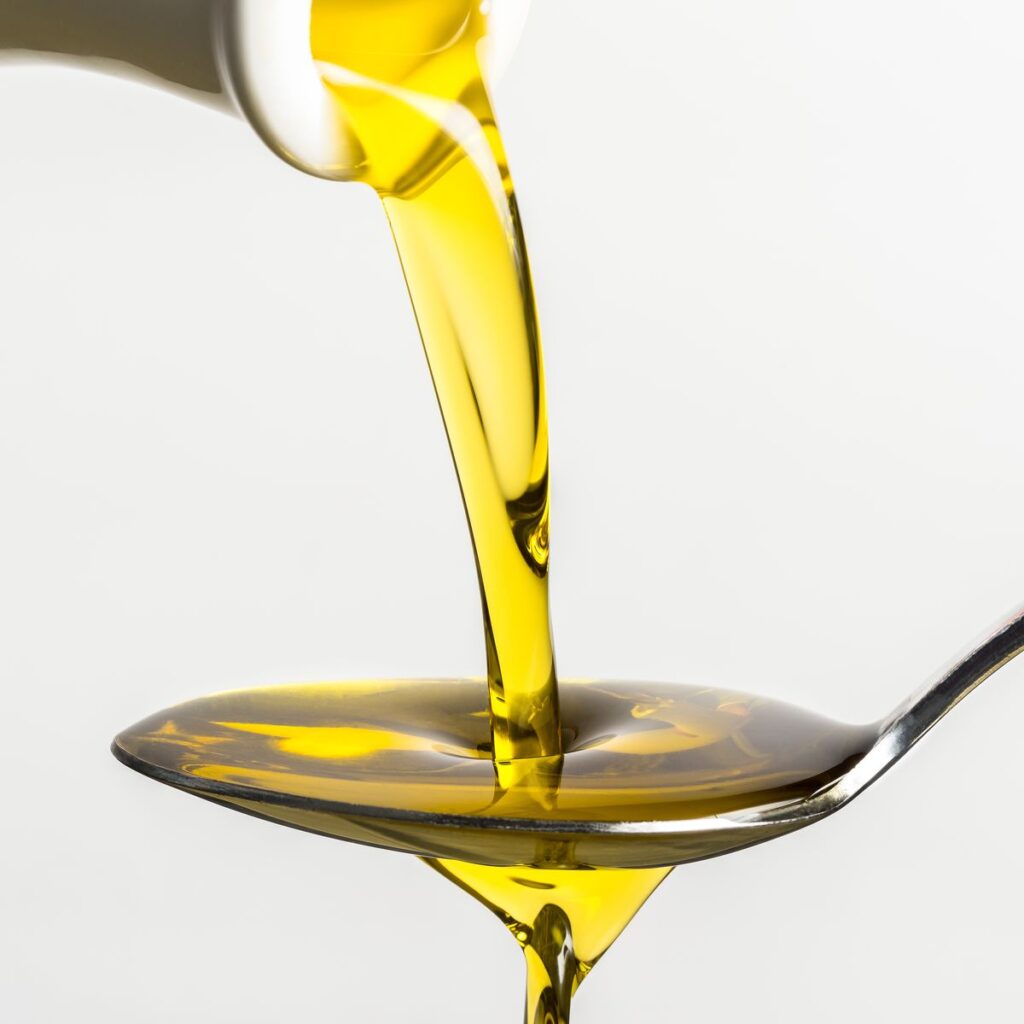
Dish Soap Mixture
For larger paint stains, prepare a solution using dish soap and warm water. Surprisingly, dish soap is an excellent option due to its grease-fighting properties. Apply the mixture generously using a sponge, and then rinse with a pressure washer or hose to remove the loosened paint.
- Prepare a mixture of 1 gallon of hot water and 3 tsp of liquid dish soap in a large bucket.
- Use a sponge to generously spread the soapy water onto the plastic surface and scrub vigorously.
- Wipe away the paint with a clean rag. If available, a garden hose or pressure washer can help remove it more effectively.
- Repeat the process as necessary.
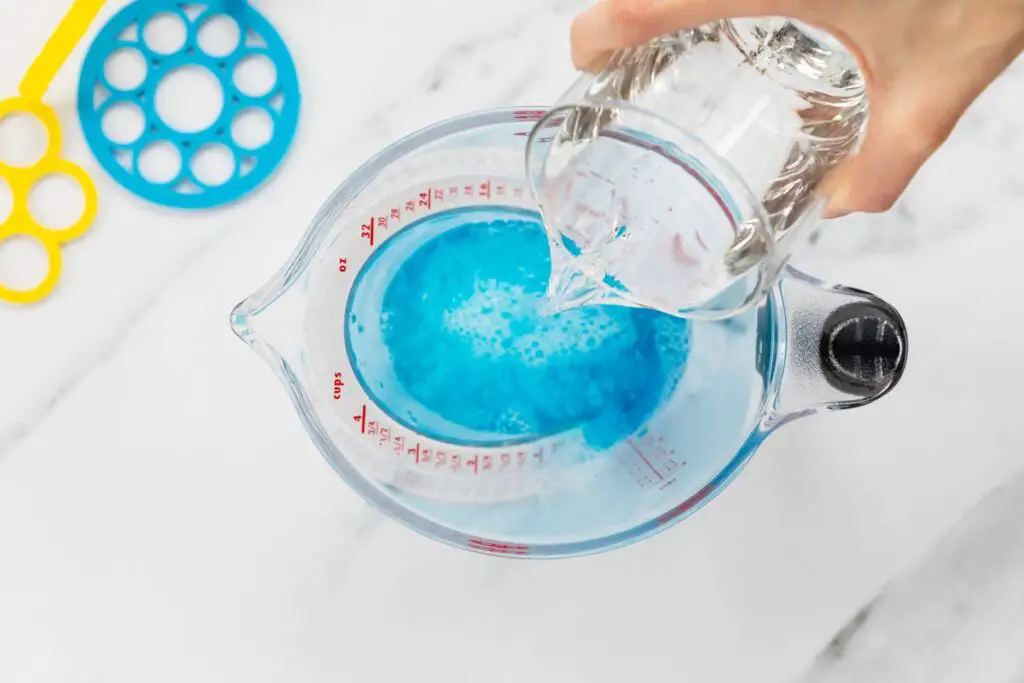
Rubbing Alcohol
A potent solvent, rubbing alcohol is highly effective against stubborn paint stains. It is suitable for smaller areas with loose spray paint. Apply it to a cloth or directly onto the stain. Cover the area with plastic wrap to prevent evaporation, wait for a while, and then rinse with warm water.
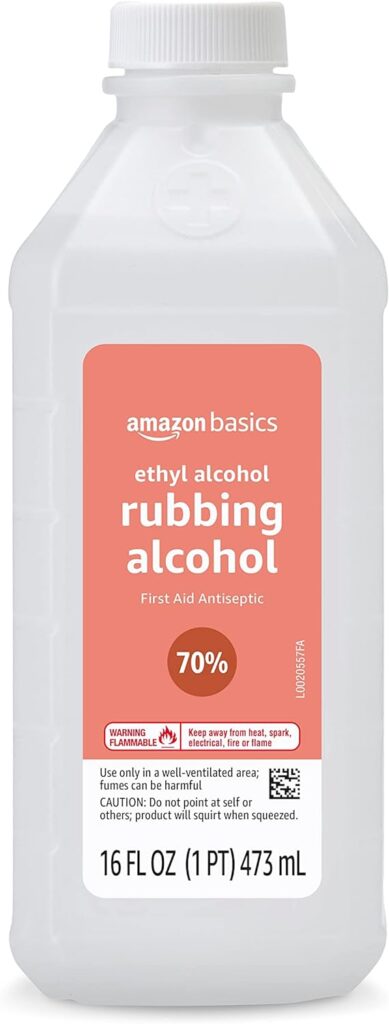
- Ensure you use rubbing alcohol with at least a 91-99% concentration, preferably isopropyl alcohol.
- Dampen a cloth with rubbing alcohol and apply it to the painted surface.
- Allow the alcohol to soak for about 5 minutes.
- Remove the alcohol with warm water and a cloth.
- Use a plastic knife or razor to scrape off any remaining paint or paint stains.
When Chemical Solutions Are Needed: Using Solvents for Tough Paint Stains
When confronting tough dried paint stains on plastic, consider using solvents like denatured alcohol or WD-40. These products are designed to dissolve and loosen paint, making it easier to remove.
Denatured Alcohol
Similar to rubbing alcohol, denatured alcohol can dissolve paint stains. Test it on a small hidden spot first before using it on the stain. Apply the alcohol to a clean rag, rub it onto the paint, and then wipe it away using a damp paper towel.
WD-40
WD-40 is well known for many uses, and it can also help get rid of paint. However, it’s crucial to test it on a small area first to ensure it won’t damage the plastic.

Based on our experience, you might want to try Rust-Oleum Aircraft Remover. It’s a strong paint remover that works well on aluminum and other surfaces. Rust-Oleum Aircraft Remover is the best paint remover from aluminum.
Mastering the Process: Expert Tips for Safe Paint Removal
- Avoid Coarse Tools: Coarse sandpaper or wire-bristled brushes are a no-go on plastic surfaces. Stick to gentler methods to prevent scratching or damaging the plastic.
- Follow Instructions: If you’re using paint strippers, paint thinner, or chemical solvents, follow the label instructions precisely to ensure safety and optimal results.
- Thoroughly Clean the Surface: After removing the paint, be sure to clean the plastic surface thoroughly to remove any residual paint or cleaning agents.
- Responsible Disposal: Properly dispose of any paint, chemicals, or materials used in the removal process to protect the environment.
Removing Spray Paint From Plastic: Step-by-Step
Now that you know which household solutions to use let’s break down the process of removing spray paint from plastic step by step.
Step 1: Prepare Your Work Area
Before you start, gather the following materials:
- Your chosen paint remover (nail polish remover, vegetable oil, dish soap, or rubbing alcohol).
- Protective rubber gloves to shield your hands.
- Clean, dry rags or paper towels.
- A plastic putty knife, a razor blade, or an old kitchen knife.
- Warm water and a sponge.
- A garden hose or pressure washer (for larger items).
- A well-ventilated work area.
Step 2: Scrape Off Excess Paint
Before applying any paint thinner, it’s essential to scrape off any excess or peeling paint. However, using a standard paint scraper can damage the plastic. Instead, use a plastic putty knife, a razor blade, or even a kitchen knife. And don’t forget to wear gloves while doing this.
Step 3: Apply Your Chosen Paint Remover
Apply your chosen paint remover to a clean, dry rag or paper towel. Be generous if the affected area is extensive.
Step 4: Gently Rub the Painted Area
Using your soaked rag or paper towel, gently rub the remover onto the plastic surface. Employ a bit of elbow grease to ensure the acetone (in the case of nail polish remover) or the oil (in the case of vegetable oil) works its way into the paint.
Step 5: Observe the Paint Loosening
You’ll notice the paint beginning to loosen. Replace the rag or paper towels as needed and keep working until the paint is completely gone.
Step 6: Clean the Area
Clean the area with warm water and a rag. The paint should have gone, leaving you with clean, paint-free plastic.
FAQs
How long does it take to remove spray paint from plastic?
The time required for removal can vary, ranging from 5 to 20 minutes or more, depending on the method and the paint’s age. Stubborn cases may take longer.
Will paint thinner destroy plastic?
Yes, harsh paint thinners can wreak havoc on plastic surfaces. They contain chemicals that can cause warping, damage, and splits. It’s best to avoid using paint thinners on plastic.
Will rubbing alcohol damage plastic while removing spray paint?
Rubbing alcohol is generally safe for removing spray paint from plastic surfaces. However, it’s essential to test it on a small, inconspicuous area before applying it to the entire surface. This will help ensure that the alcohol doesn’t cause any harm or discoloration to the plastic.
Does WD-40 remove spray paint from plastic?
Yes, WD-40 can be effective, especially on older paints. But be careful – it might not work for every type of plastic.
Conclusion: Reclaiming the Beauty of Your Plastic Surfaces
Mastering the art of how to remove spray paint from plastic requires patience, the right tools, and the correct approach. Armed with the right tools and knowledge, you can safely and effectively restore the beauty of your plastic items. Whether you choose common household items like baking soda or use specialized solutions like rubbing alcohol, always prioritize the safety of the plastic surface. By using our expert tips and methods, you can get rid of unwanted paint stains and make your plastic items look like new again.
So go ahead, embark on your painting projects, knowing that you’re equipped to tackle any accidental paint mishaps. Happy painting, and even happier removing!
If you’re also interested in learning about how to remove paint from aluminum surfaces, you can explore our dedicated guide on the topic. It provides valuable insights and methods to effectively tackle paint removal from aluminium without causing any harm to the metal’s finish or structure.
For more than 15 years, I’ve been immersed in the world of painting, and I’ve created this website to share my passion and knowledge with fellow art enthusiasts. My artistic journey has led me through various mediums, techniques, and styles, always pushing the boundaries of expression. I invite you to explore the captivating realm of art with me – a journey of creativity, self-expression, and the endless possibilities that painting offers.
Feel free to reach out to me via email at leanna.ange@gmail.com. Whether you have questions, want to share your own artistic experiences, or simply connect, I’m here to engage in the wonderful dialogue that art inspires. Looking forward to hearing from you!

